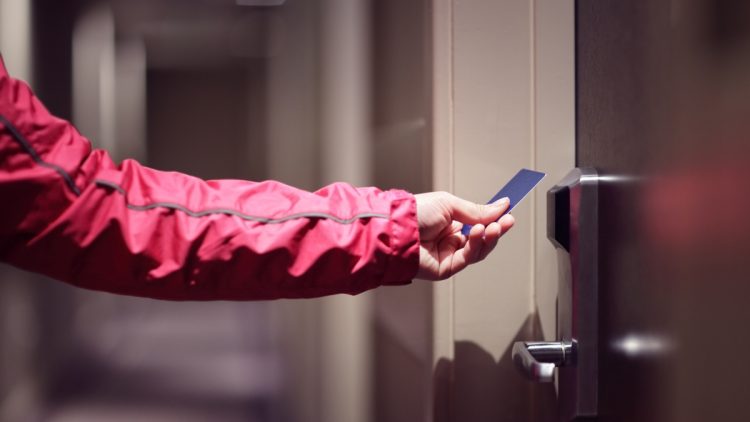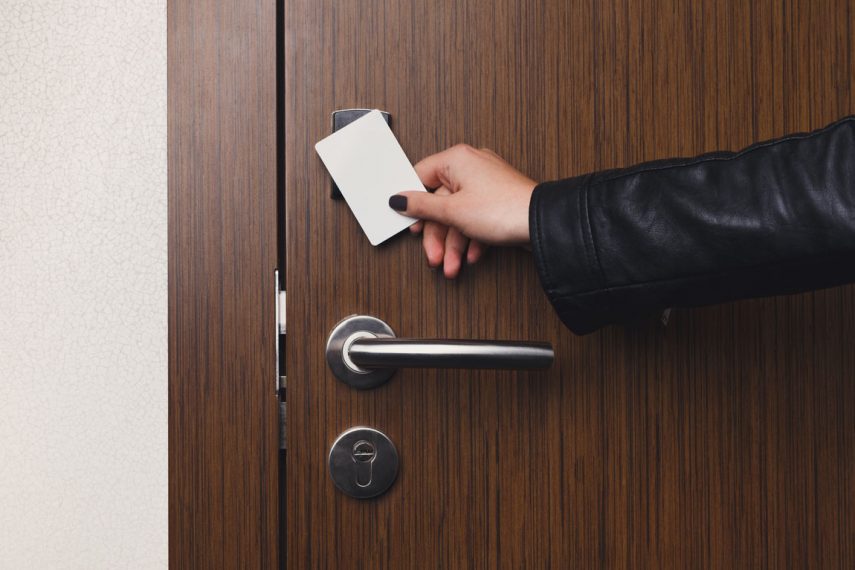If you are searching for “access control card reader“, this article will highlight the reasons why so many are choosing this form of access for the workplace.
Benefits Of Access Control Card Readers
Access control card readers are the most cost-effective option out there for individuals managing jobsites. Here is a look at four of the biggest benefits associated with this form of access:
1. Data Gathering
Access card control readers will efficiently collect data. This data can be used to track any irregularities, if need be. For example, is one of your employees leaving early or showing up late consistently? If so, is there any loss of materials associated with some irregularities you may find, according to the control readers? Access control logs will certainly come in handy for managers and fellow employees. If any sort of crime occurs at the workplace, these readers can provide valuable data.
2. Automated Control
Electronic card readers will never get tired or worn out. Unlike mistakes that can occur with human security officers, these readers will never give out access or credentials to the wrong individuals. Never worry about losing keys or losing track of access again with these readers.
3. Manage Remotely
This may be the biggest benefit of investing in these readers. Because the cards are electronic, they can be managed remotely over secure network connections. This can be such a great benefit to those who manage multiple jobsites, remotely.
4. Scalability
The price associated with provisioning a new card is very low, fortunately. Plus, the creation of a new card simply requires a few minutes of labor. High volume tasks like changing access for the entire team can be a quick process, as well. When compared to the costs of getting new keys and changing out access, these card readers are a very cost-effective option.
Types of Access Control Systems
These are the different types of access control:
Mandatory Access Control
According to Techtopia Mandatory Access Control by definition is the highest level of access control reserved primarily for government facilities like military bases. Due to the nature of these facilities, they must have stronger access controls since they house valuable resources and are often targeted by hostile groups. The core security of MAC is based on a security policy which is defined by the administrator of the environment and end users have no say in the security policy. Essentially a policy is set in place to create classifications of access for users and then the users are assigned access to facilities based on their individual classification.
Discretionary Access Control
Discretionary Access Control provides the lowest level of access control as stated by the National Institute of Standards and Technology (NIST). As an access control policy, DAC is determined by the object’s owner or someone else who has been granted access to that object. This allows the owner to grant access based on a need to know basis to a user who can perform any of the following four tasks: pass information, grant privilege to other users, modify security settings for other users, and change rules for access.
Role-Based Access Control
According to Tedsystems Role-Based Access Control, is the most frequently requested type of access controls. RBAC systems assign access to users accessed based upon their role versus assigning it to an individual user. Since access is assigned based on the user’s role the amount of information depends on what level the user is based on the organizational hierarchy are positions responsibility, for instance, the CFO would have more access than a bank teller because an executive has more responsibility than an entry-level employee.
Door Access Control System
A door access control system is one of the most affordable types of commercial access control commonly used in Data centers, Defense, Airports, Homes, Server rooms, Offices, and more according to Elprocus.com. Door access control systems can control access to your home or commercial building with electronic door locks, contactless readers, multi-technology readers, card readers (old technology), and biometric security readers.
Biometric Access Control System
Biometric access control uses eye scanners, fingerprint readers or hand geometry readers to allow access into your building. Biometric security readers cannot be transferred like keys, cards or number sequences can. The person being granted access must be physically present in order to gain access to your area or building. C&I Show offers professional installation of commercial biometric access control systems.
C&I Show Security Systems Offers Access Control System Installation in Phoenix, AZ
C&I Show Security Systems is a GSA Contract Holder providing ADA Power Operations throughout the Phoenix, Arizona valley. Click here to see a full list of commercial access control systems we offer.






